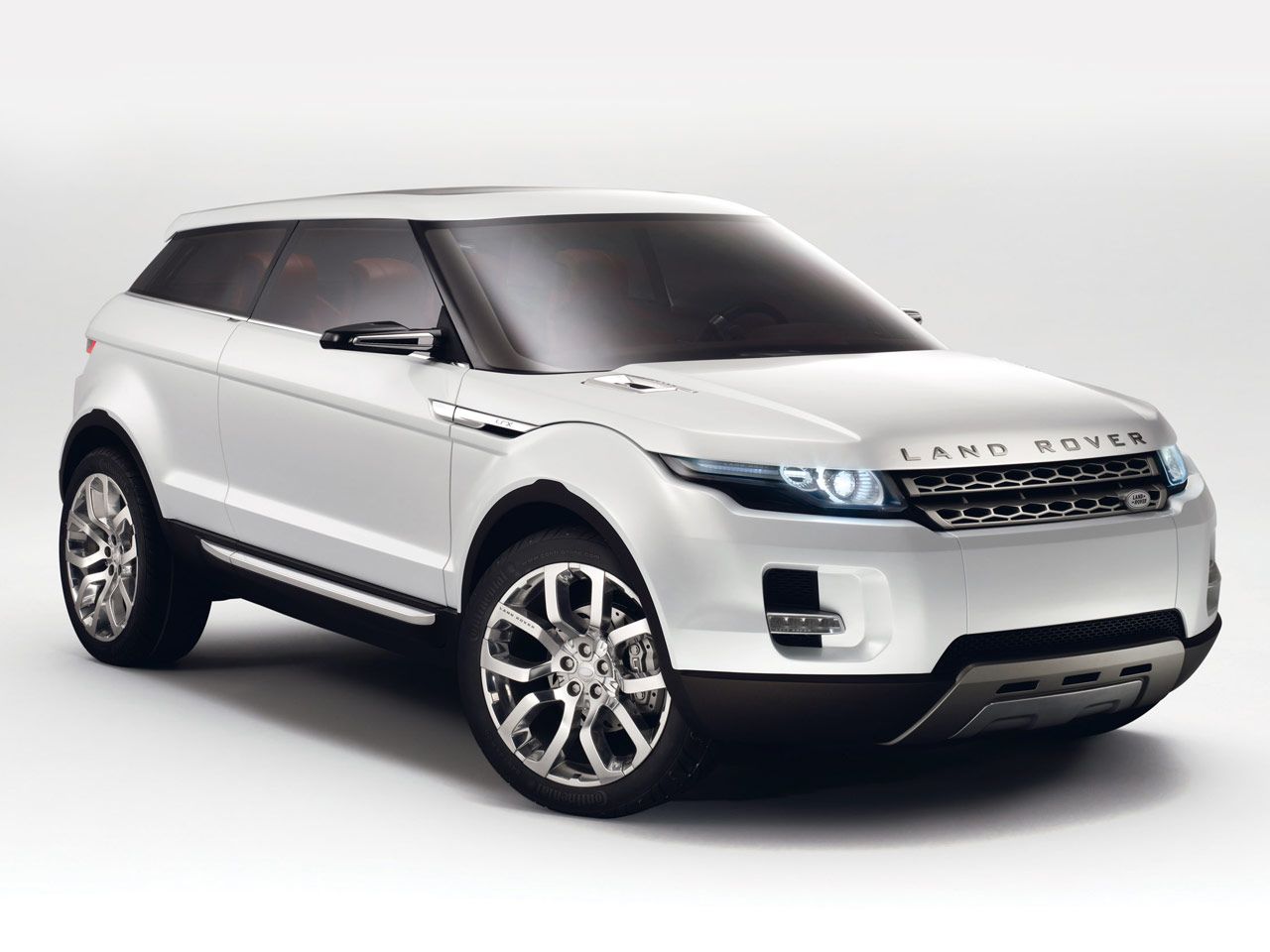The South East Automotive Media Organization (SEAMO) selected the Land Rover LRX as the 2008 North American Concept Truck of the Year. The seventh annual North American Concept Vehicle of the Year Awards was held last evening at the Automotive Hall of Fame in Dearborn, Mich.
LRX was selected by a jury of professional automotive journalists from throughout North America, judging the vehicle on specific context of the North American market. The review of each vehicle is based on the entire package, with criteria dependent on design, style, materials, technology, market viability and market responsiveness.
With the ever-evolving truck and SUV market in North America, new and innovative designs are introduced quite frequently, however LRX stood out. Stylish looks and new technology -- the focus of LRX -- helped Land Rover win its first award in this category.

Designed to meet the increasing demand for more fuel efficient vehicles in North America, LRX is the first of its kind; a turbo diesel hybrid vehicle, capable of running on bio-diesel, with the ability to go over 50 miles per gallon. The three-door LRX, is both more compact and lighter than the typical Land Rover. It focuses on new sustainability technologies, and has been recognized for addressing the needs of a changing world.
LRX also introduced new Land Rover features such as the integrated Electric Rear Axle Drive (ERAD) and the new 'ECO' mode. The ERAD function allows LRX to have full off-road capabilities while using the electric drive function at low speeds, while the 'ECO' mode is meant for on-road use. The 'ECO' mode configures all the integrated elements of the vehicle's system for optimized fuel economy.
Retaining functions that Land Rovers are known for, LRX is fitted with Land Rover's Hill Descent Control along with acclaimed and the user-friendly Terrain Response system that optimizes the vehicle for the terrain ahead. On LRX, the Terrain Response has five modes, including the aforementioned efficiency-focused 'Eco' mode in addition to the existing modes: sport, Sand and 'Grass/Gravel/Snow' (a single program for slippery surfaces).
Land Rover designers took great care in creating the interior of the vehicle, not just for aesthetics, but also to help reduce the weight of the vehicle. The glass for the side windows and roof was replaced with polycarbonate, which is around 40 percent lighter than traditional glass. The polycarbonate also blocks virtually all UV light (protecting interior materials from fading), while special nano-technology within the material reduces infra-red transmission, helping to keep the interior cool.
Even the choice of premium-quality trim materials reflects Land Rover's deep thinking about sustainability, with vegetable-tanned leather (chromium-free -- for easier recycling), extensive use of aluminum (both lightweight and readily recyclable) and carpeting made of felt from sustainable sources. And the luxurious, vanilla-colored 'fine suede' on the door inserts and headliner is a 100% recycled material made from used plastic bottles and fibers.
It is with these new technologies and innovative ideas that LRX was able to capture the attention of the SEAMO judges. The award is a testament to how LRX was well received not only in the public's eye, but also in the eye of the media. LRX makes a statement -- Land Rover is ready to move forward with the ever-changing consumer demands and will continue to do so
for years to come.
Since 1948 Land Rover has been manufacturing authentic 4x4s that represent true 'breadth of capability' across the model range. Defender, LR2, LR3, Range Rover Sport and Range Rover each define the world's 4x4 sectors, with 78% of this model range exported to over 140 countries. Land Rover employs 8,500 people and supports a further 40,000 jobs supported in the supply chain.
Land Rover takes its responsibility to the environment seriously. Emissions have been cut with all new models and, together with Jaguar, it is investing euro 700m on technology specifically aimed at reducing carbon dioxide emissions. Also, since September 2006, carbon dioxide generated by Land Rover manufacturing activities and UK customer vehicle use has been balanced through an industry leading offset program run by Climate Care.

